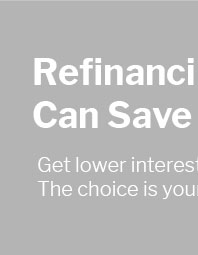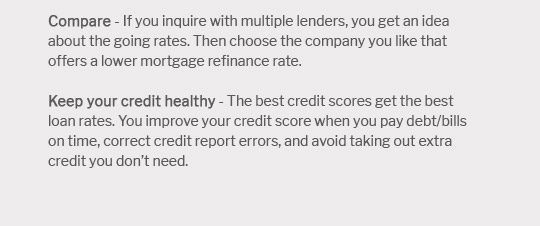 |
|||
 |
 |
 |
||
|---|---|---|
 |
||
 |
||
 |
||
 |
||
 |
||
 |
||
 |
 |
 |
 |
No Closing Cost Refinance: A Practical Guide to Refinancing Your HomeUnderstanding No Closing Cost RefinanceA no closing cost refinance is a type of mortgage refinancing where the lender covers the closing costs. This can be an attractive option for homeowners looking to refinance without paying upfront fees. How Does It Work?In a no closing cost refinance, the lender typically either increases your interest rate or rolls the closing costs into your loan balance. This means you won't have to pay those costs out of pocket, but your monthly payments may be slightly higher. Benefits of No Closing Cost Refinance
Things to ConsiderWhile a no closing cost refinance can be appealing, there are some considerations to keep in mind: Higher Interest RatesLenders might offer you a slightly higher interest rate to cover the closing costs, which could lead to paying more over time. Loan Balance IncreaseIf the closing costs are added to your loan balance, you could end up with a higher principal amount, impacting your loan-to-value ratio. Comparing OptionsIt's important to compare different refinancing options, such as 10 year mortgage refi rates, to ensure you're making the best decision for your financial situation. Steps to Take
FAQWhat is the main advantage of a no closing cost refinance?The main advantage is that you can refinance without paying upfront costs, making it easier to take advantage of lower interest rates or switch loan terms. Are there any drawbacks to a no closing cost refinance?Yes, potential drawbacks include higher interest rates or an increased loan balance, which can lead to higher overall costs over the life of the loan. How can I find the best refinance rates?Research and compare offers from different lenders, considering options like private equity loan rates to find the best deal for your needs. https://lbcmortgage.com/mortgage-broker-texas/no-closing-cost-mortgage-loan-texas/
There are no upfront costs associated with the loan. It means that you will not have to pay any origination fees, ... https://www.consumerfinance.gov/ask-cfpb/is-there-such-a-thing-as-a-no-cost-or-no-closing-loan-or-refinancing-en-141/
The other way is by adding the closing costs to your loan amount. A higher interest rate will mean you pay more over time and a higher loan ... https://www.reddit.com/r/personalfinance/comments/191pc9b/how_do_i_get_a_nocost_refinance/
A no-cost refinance usually means they hide the costs in the loan. In other words, you end up borrowing the closing costs. You have to look at ...
|
|---|